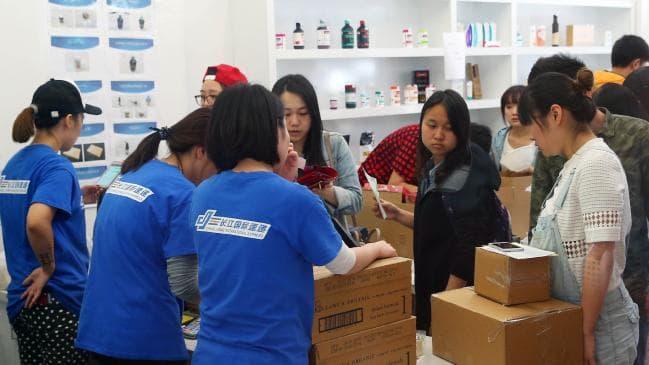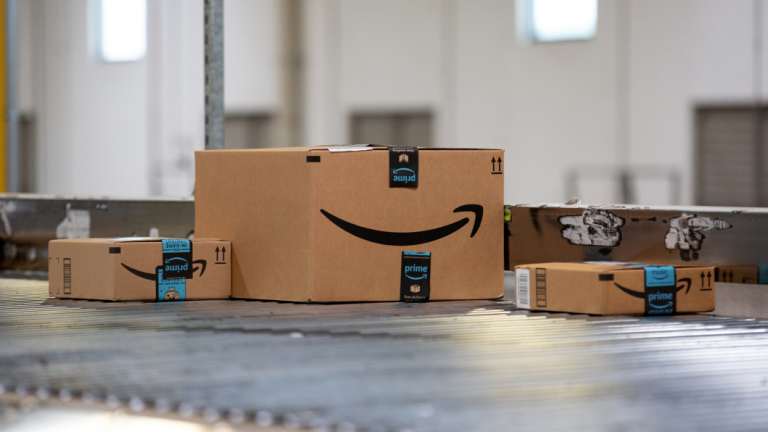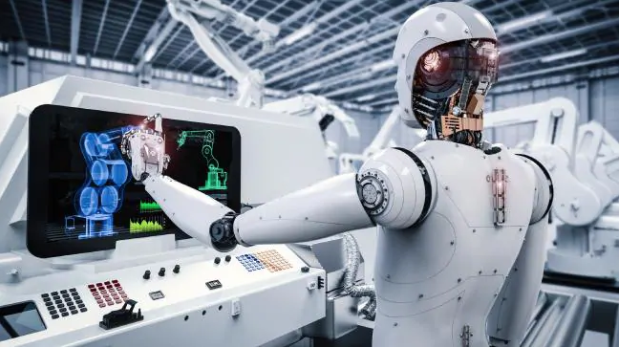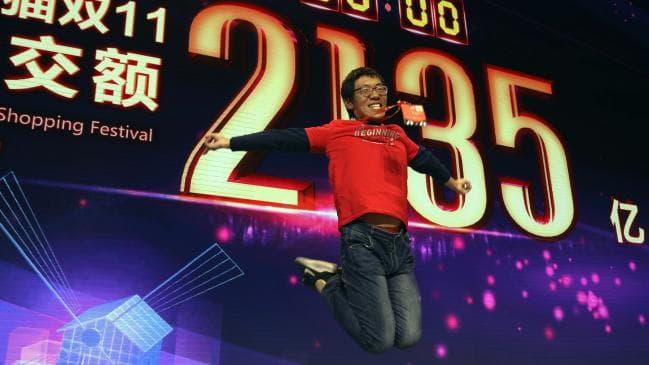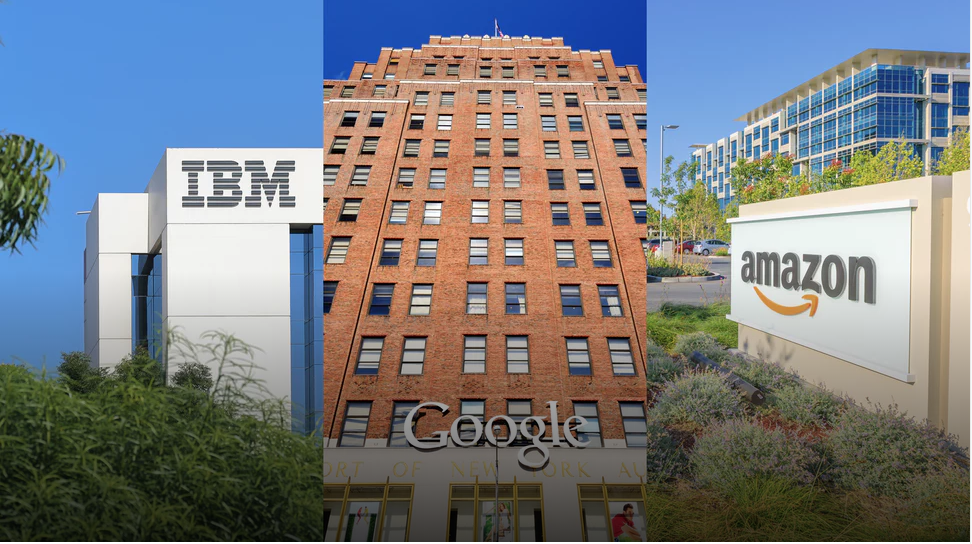
NEW YORK, United States — In 2003, Craig Nevill-Manning, a computer scientist at Google, wanted to set up an engineering outpost in New York. Google’s top leaders were skeptical, but they told him that he could go ahead if he could find 15 “Google-worthy” software developers in the city.
“The attitude was that pretty much all the good software engineers were in Silicon Valley,” Mr Nevill-Manning recalled. “It seems crazy in retrospect.”
Mr Nevill-Manning found his developers and opened the engineering office in New York. Today, Google employs 7,000 people in the city, and more than half are engineers and technical staff.
The Google story mirrors the rise and evolution of New York as a genuine tech hub — home to a deep pool of technical talent as well as sales, marketing and business expertise. And Amazon’s decision to put a headquarters in the city, eventually employing more than 25,000 workers, only reinforces that trend.
“This solidifies New York’s importance and significance in tech,” said Fred Wilson, the dean of New York’s venture capital community and co-founder of Union Square Ventures.
Amazon, like most big tech companies, is no stranger to New York. It already has over 2,000 workers in New York, from e-commerce marketers to cloud computing engineers.
Facebook has over 2,000 New York employees, including Yann LeCun, its chief artificial intelligence scientist and a pioneer in the field. Salesforce employs more than 1,000 at its new offices in New York. And tech stalwart IBM chose the city as the headquarters for its Watson artificial intelligence and cloud computing divisions.
The East Coast is more well-rounded. It is about technology, but not just technology for its own sake.
Most technology work in New York has traditionally been in service of other industries. That market, too, is growing briskly as banks, retailers, advertising and consulting firms — major employers in New York — are all getting digital makeovers and hiring. Goldman Sachs, for example, employs 2,000 tech workers in New York, including data analysts, app developers, digital security and blockchain experts. Manuela Veloso, head of the machine-learning department at Carnegie Mellon University, joined JPMorgan Chase this year to lead its AI research team.
The five companies with the most tech-related job listings in New York over the last three months on Indeed.com, the jobs listing site, are Amazon, BNY Mellon, Capgemini, JPMorgan Chase and Morgan Stanley.
Measurements of tech sector jobs vary, depending on definitions. But the broad picture is a growing labour market for well-paying jobs. From 2010 to 2017, according to government statistics, tech sector employment grew by 53,000 in the city, or 65 percent, to an estimated 134,700. And the average salary of $147,300 in 2016, the most recent estimate available, was far higher than the citywide average of $89,100 for all private employers.
The Bay Area, to be sure, remains the nation’s high-tech epicenter. New York is growing impressively, but its tech work force, according to most analyses, is less than half and perhaps one-third that of the Bay Area.
New York fairly consistently ranks second behind the Bay Area in attracting venture capital. In the third quarter, for example, investors put $5.9 billion in start-ups in the New York metropolitan area, according to figures compiled by the PwC-CB Insights MoneyTree Report.
But the Bay Area, including San Francisco and Silicon Valley, took in $12.8 billion. Start-ups in the Washington, D.C. region, where Amazon plans to put another large headquarters, received $575 million in the third quarter.
In the past, New York start-ups typically sold out to larger tech companies. That, too, is changing. Mr Wilson, the venture capitalist, pointed to MongoDB, a database supplier, and Etsy, an e-commerce seller, as examples of start-ups that held out and went public in recent years.
MongoDB trades at about $70 a share, compared with its initial price of $24 a share, when it went public in October 2017. Etsy, which went public at $16 a share in 2015, currently trades at about $47 a share.
“New York entrepreneurs, investors and boards are just starting to get the courage to stay independent and grow here,” Mr Wilson said.
New York entrepreneurs, investors and boards are just starting to get the courage to stay independent and grow here.
The rise of New York’s tech sector, businesspeople and technologists agree, owes a debt to former Mayor Michael R. Bloomberg. He pushed initiatives to make the New York economy less dependent on finance and championed tech programs and education — a long-term campaign to upgrade the technical skills of the city’s work force, whose progress enhanced New York’s appeal to Amazon.
After the financial crisis hit in 2008, Mr Bloomberg stepped up those efforts. In 2010, his administration announced an applied sciences competition.
The city solicited proposals from universities and research organizations for a new center of higher education that would focus on technology, innovation and business. The winner, announced in December 2011, was a joint plan by Cornell University and Technion-the Israel Institute of Technology.
The new institution, Cornell Tech, got underway in Manhattan in 2012, and last year moved into three buildings in its first phase of development on Roosevelt Island. There are now 300 graduate students on campus. Over the next two decades, the plan calls for two million square feet of buildings, a student population of 2,000 and hundreds of faculty. Daniel Huttenlocher, the dean of Cornell Tech, sits on Amazon’s board.
The prospect of new competition served as a prod — and encouragement — to both Columbia University and New York University. Columbia expanded its engineering and computer science programmes, and created the Data Science Institute. NYU absorbed an engineering school, Polytechnic University, which in 2015 became NYU’s Tandon School of Engineering.
NYU also took over an old, unused Metropolitan Transportation Authority building in Brooklyn, renovated it and has begun populating it with tech-fuelled research ventures, starting with the Center for Urban Science and Progress.
For technologists who have recently come to New York, part of its appeal is the same thing that explains why its tech sector is often overlooked: New York’s huge and diverse economy, and its culture.
“Everything is tech-driven on the West Coast,” said Jeannette Wing, who left Microsoft Research last year to become the director of Columbia’s Data Science Institute. “But the East Coast is more well-rounded. It is about technology, but not just technology for its own sake.”
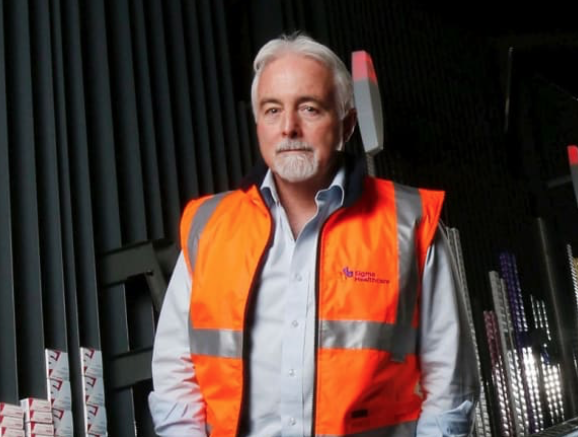


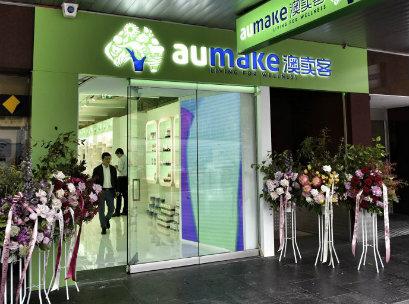
 Australian consumer awareness of Cyber Weekend has increased dramatically in the past three years with expectations now that deals will be on offer, as reported by Salesforce.
Australian consumer awareness of Cyber Weekend has increased dramatically in the past three years with expectations now that deals will be on offer, as reported by Salesforce.